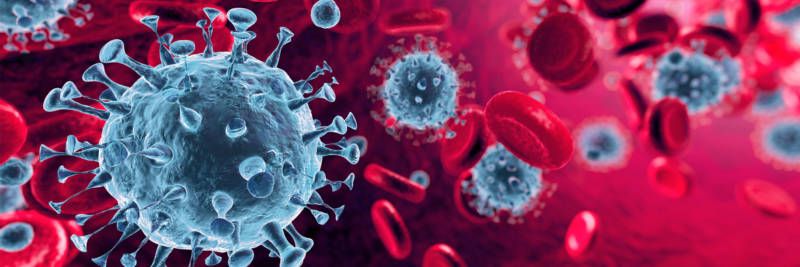What do male clonal tree species and COVID-19 have in common? Well, both cause respiratory difficulties, especially for those with chronic medical conditions. It’s the male plant species that produce large amounts of pollen which is detrimental to the millions of asthma, allergy and COPD sufferers worldwide. Depending on the time of year, pollen levels can reach staggering levels. For many decades, medical and environmental experts have studied this pollen tsunami every spring. Since each year’s plant growing season seems to be extended, pollen can be an ongoing hinderance for those with respiratory diseases.

It wasn’t until Thomas Ogren, lecturer and author of the Allergy-Fighting Garden, brought the consequences to our immediate attention did we fully understand the health impact. Based on his research, he created OPALS® – Ogren Plant Allergy Scale. This is the numerical scale (1 – 10) that ranks each plant according to 130 possible factors, either positive or negative to impact our health. Overall, he found that female species plants have no pollen, resulting in no impact to our health. In fact, female plants with large bright colour petals attract pollinating insects. Without theses pollinators our food sources would be severely limited.
Male plants are known to cause allergies with their abundance of pollen. People may experience skin rashes from contact with flowers, sap or leaves. The result is a negative impact to our health. Pollen grains are produced in different sizes and in large quantities. It’s these grains with their strong fragrance that can trigger allergies. Any plant known to be wind-pollinated is susceptible.
[ezcol_1half]
[/ezcol_1half] [ezcol_1half_end]
[/ezcol_1half_end] If I want to purchase an allergy-friendly plant, shrub or tree what should I be looking for?
A: Purchase plants with bright flowers, which are generally pollinated by insects or birds. Avoid wind pollinated plants; these are the pollen producing, asthma causing ones. Pollen from one individual plant is carried by air currents to another. Dandelions are an example of a wind pollinated plant.
Q: How do I tell the difference when I’m in my garden or at the garden centre, between a MALE or FEMALE shrub or tree?
A: Male flowers will indeed have pollen, although male plants don’t produce pollen year-round. Keep in mind that pollen is not always bright yellow. It can also be white, grey, green, brown, red, and even purple. Female shrubs and trees typically have fruit (berries), seeds, and/or seedpods.
Research indicates the consequences of planting male, native or non-native pollen producing trees are:
- Greater costs and overstraining of our medical resources by children and adults visiting doctor offices and emergency rooms with respiratory issues.
- Decades ago, planting of equal 50% male and 50% female trees was the norm. This was a great ratio for biodiversity and our environment. The scale balance is now skewed with mostly male pollen producing species planted. Why? Because we demanded clean no fruits, seedpods or flowers littered our streets, parks or public properties. We have traded our health for cleanliness.
- The increase in CO2 matter in the atmosphere has caused pollen to be larger in size and volume. CO2 is the growth hormone to trees.
- With urban planting, we reinvented the natural environment wheel, but without the necessary balance found in nature. We have forgotten how plants reproduce, and the simple fact that plants are male and female. In fact, we have developed other artificial methods of plant propagating that have their own issues.
We can’t put all the blame on nature or the plants themselves for causing asthma, allergies or COPD. Rather, we can help to create a more balanced natural environment by putting a stop to poor planning and planting in our gardens. Here are some facts:
- The entire pollen season may last from March to October.
- Tree pollen is most prevalent in early spring. Whereas, grasses produce pollen in spring and summer. Weeds and ragweed causes hay fever in late summer and fall. One ragweed plant can produce 1 billion pollen grains.
What about asthma and COVID-19? Some of the symptoms can appear similar: difficulty breathing and pneumonia forming in the lungs. In extreme cases the coronavirus touches your lungs weakening your immune system. And this year we have the COVID-19 pandemic which can be a double dose for the millions of respiratory sufferers. Will there a second wave of the coronavirus this fall? We hope not, but the scientists predict we can expect one. Now is the time to be conscious of the plants we are adding to our gardens to give asthma sufferers a fighting chance of recovery.
For further information on plants, pollen and allergies check out the article from Missouri Botanical Garden.
Happy Gardening! Janice and Peter